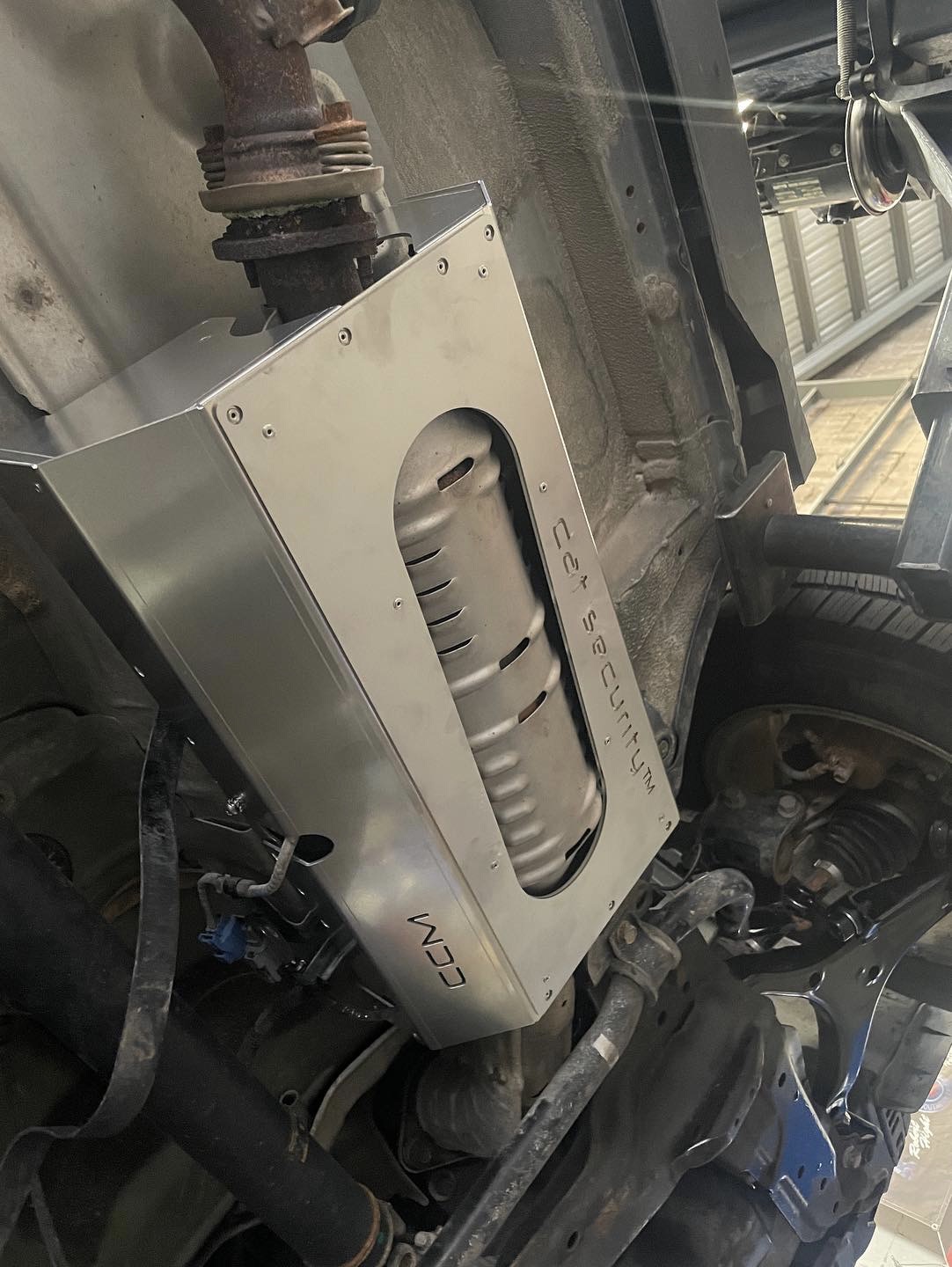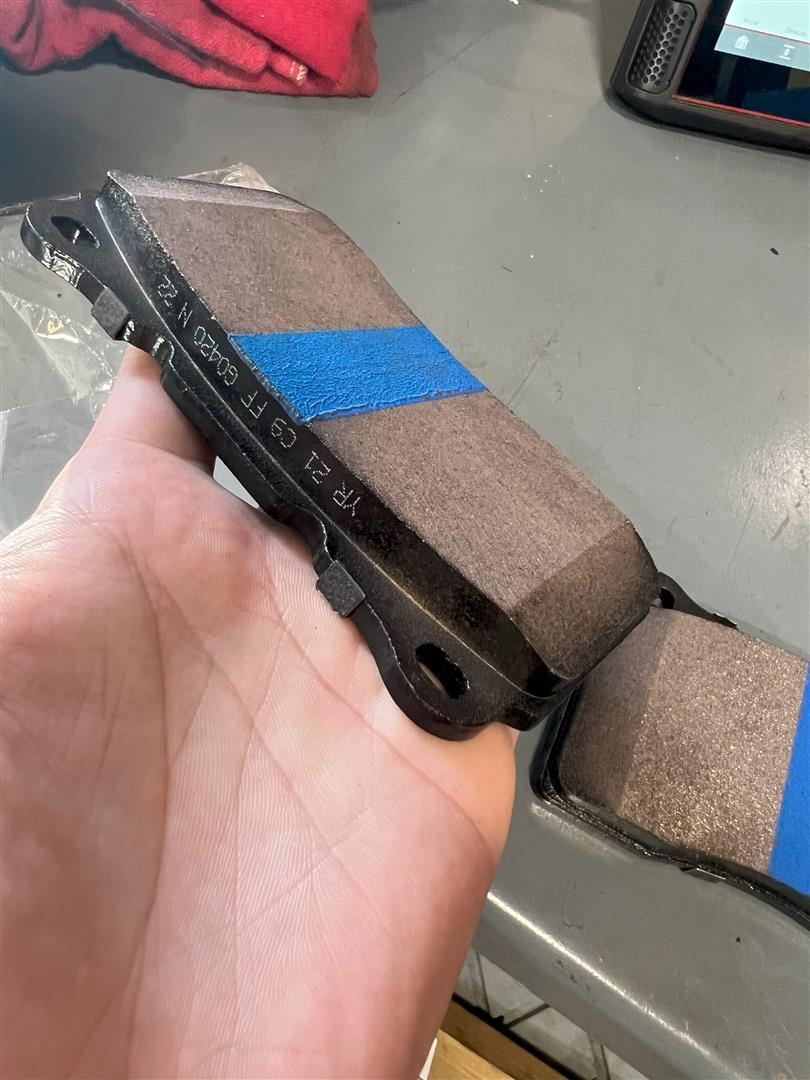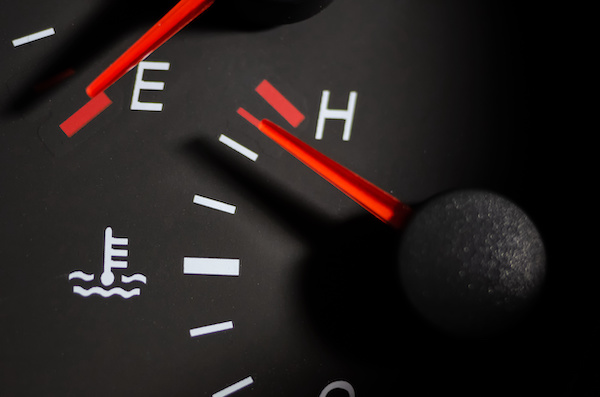Posted on 7/26/2023

Understanding Catalytic Converters: When to Replace and Why Choose Sacramento Specialty Automotive As environmentally conscious citizens and responsible vehicle owners, it's essential to keep our exhaust emissions in check. The catalytic converter plays a pivotal role in reducing harmful pollutants released into the atmosphere. However, like any automotive component, catalytic converters can wear out over time, necessitating replacement. In this blog, we'll explore when it's time to replace your catalytic converter and why Sacramento Specialty Automotive is the perfect choice for this crucial service. When to Replace Your Catalytic Converter Check Engine Light (CEL) Illumination: One of the most common signs that your catalytic converter may need replacement is when the check engine light (CEL) on your dashboard illuminates and stays on. Modern vehicles are equipped with onboard diagnostics (OBD-II), which monitors the performance of various systems, including the emissi ... read more
Posted on 7/13/2023

The replacement of brake pads depends on several factors such as your driving habits, the type of vehicle you have, and the condition of the brake pads themselves. As a general guideline, brake pads typically need to be replaced when they have worn down to a thickness of around 3 millimeters (or 1/8 inch). However, it's important to note that this can vary, so it's recommended to consult your vehicle's manufacturer guidelines or consult with a qualified mechanic for a more accurate assessment. In addition to thickness, there are some signs that may indicate the need for brake pad replacement: Squealing or squeaking noises: Brake pads often have wear indicators that produce a high-pitched sound when the pads are nearing the end of their life. Reduced braking performance: If you notice that your braking distance has increased or you need to press the brake pedal harder to achieve the same level of braking power, it may be a sign that your brake pads are wor ... read more
Posted on 6/27/2023
.jpeg)
We've all been there before: you're cruising down the road, enjoying a pleasant drive when suddenly, you hear that dreaded sound of a tire blowout. In this frustrating situation, your trusty spare tire becomes your savior. But have you ever wondered how long you can safely drive on a spare tire? Spare tires, also known as "donuts" or "space-savers," are designed to serve as a temporary solution until you can get your regular tire repaired or replaced. Their purpose is to provide enough support to drive your vehicle to a nearby service station or auto repair shop safely. Unlike regular tires, spare tires are not intended for long-term use. While the specific mileage or time limit for driving on a spare tire can vary depending on the manufacturer, it is generally recommended not to exceed 50 miles of driving or exceed speeds of 50 mph. This guideline ensures that your spare tire remains in good condition and minimizes the risk of further damage or failure. A ... read more
Posted on 5/31/2023

You're rolling down the highway, enjoying a pleasant drive, when suddenly, you notice the temperature gauge climbing into the danger zone. Next thing you know, steam starts spewing from under the hood. The reality is that engine is overheating. While this situation can be alarming, staying calm and taking the necessary steps to address the problem promptly is crucial. Before we dive into the solutions, it's important to identify the symptoms of an overheating engine. Keep an eye out for the following indications: High Temperature Gauge: The temperature gauge on your dashboard is designed to show the operating temperature of your engine. If it reaches the red zone or goes beyond the normal range, it's a clear sign that your engine is overheating. Steam or Smoke: Steam or smoke coming from under the hood is a visible indication of engine overheating. Pull over as soon as it's safe to do so. Strange Odors: A sweet, syrup-like smell or a burning odor may be prese ... read more
Posted on 5/24/2023

Preparing for a Memorial Day road trip involves ensuring your vehicle is in good condition and equipped with essential items for a safe and enjoyable journey. Here's a checklist to help you get started: General Inspection: Check the overall condition of your vehicle, including tires, brakes, lights, and windshield wipers. Look for any signs of leaks or damage. Ensure your vehicle registration and insurance are up to date. Fluids: Check and top up the engine oil, coolant, brake fluid, power steering fluid, and windshield washer fluid. Tires: Inspect the tire tread depth and condition. Replace any worn-out tires. Ensure all tires are properly inflated, including the spare tire. Verify the tire pressure using a tire pressure gauge. Battery: Examine the battery terminals for corrosion. Clean them if necessary. Test the battery's charge and consider replacing it if it's old or weak. Lights: Check that all headlights, taillights, brake lights, turn signal ... read more